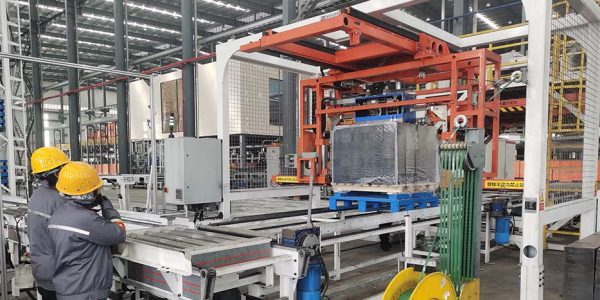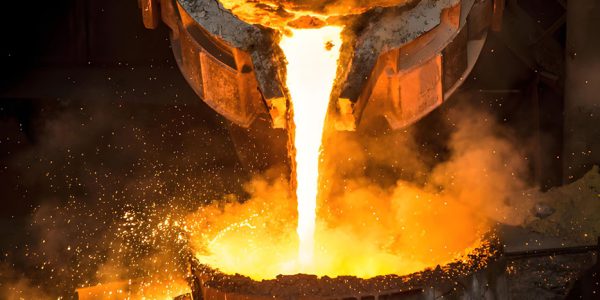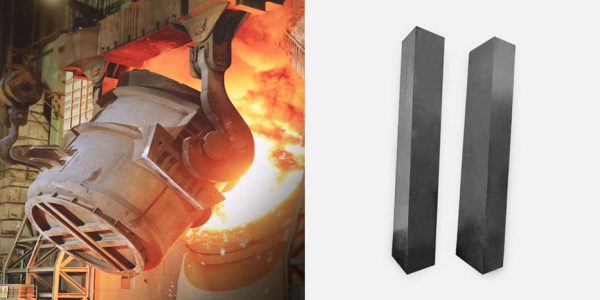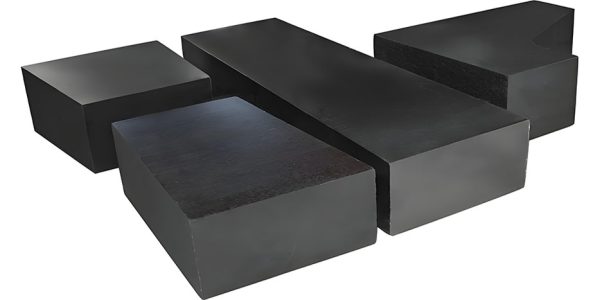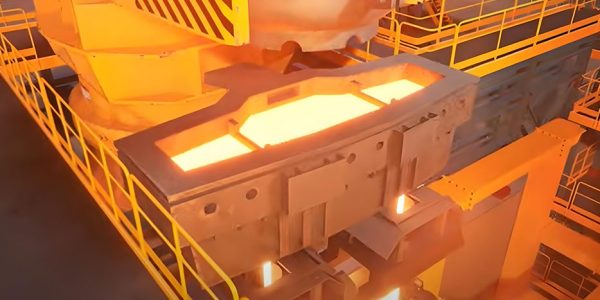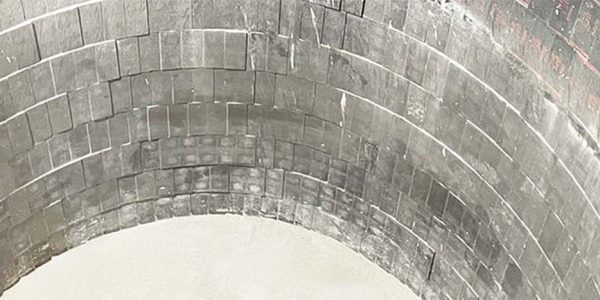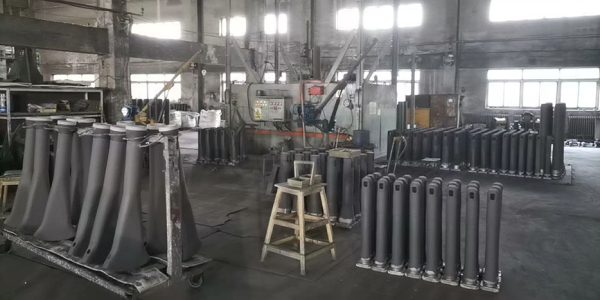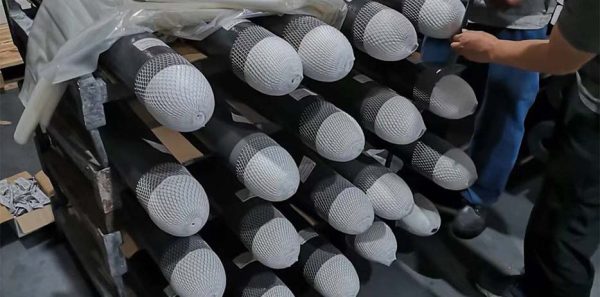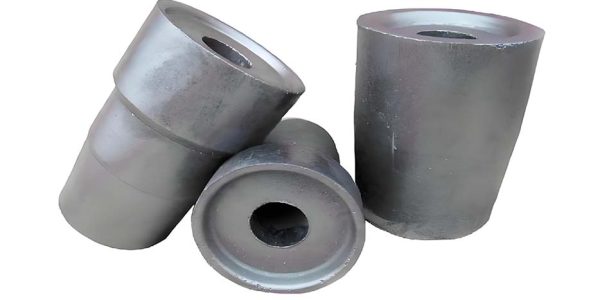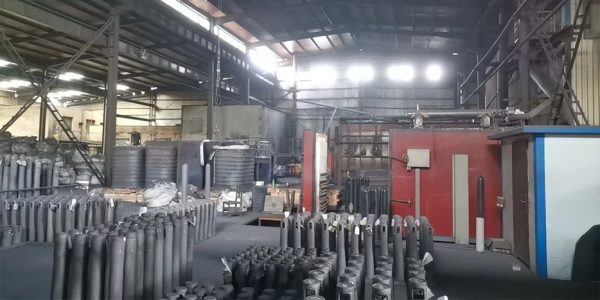Tired of frequent tundish stopper replacement? Choosing the right material and design makes improving casting efficiency simple! The tundish stopper is a crucial component for controlling steel flow. Selecting the appropriate material and optimizing the design can significantly enhance casting efficiency and reduce production costs. This article delves into how to choose the right tundish stopper based on actual needs and shares practical tips for improving efficiency. So, how do you choose the right tundish stopper material and design for truly improved casting efficiency? Let’s take a closer look. Why is the Material Selection of Tundish Stoppers So Important? Incorrect tundish stopper material selection can lead to short lifespan or, worse, affect steel quality! The tundish stopper is in direct contact with high-temperature molten steel, making material selection critical. Different materials have varying resistance to high temperatures, erosion, and thermal shock. Choosing the right material effectively extends the stopper’s service life, reduces replacement frequency, and ensures consistent steel quality. When selecting a tundish stopper material, factors such as steel grade, casting temperature, and operating environment need to be considered. Here are some commonly used tundish stopper materials and their characteristics: Material Main Components Advantages Disadvantages Suitable Steel Grades Alumina-Silicon Carbide Al2O3, SiC, C Excellent erosion and thermal shock resistance, effectively resisting molten steel erosion and temperature changes. Relatively high cost, low high-temperature strength. Carbon steel, low alloy steel Zirconia ZrO2 Extremely high refractoriness and erosion resistance, capable of withstanding extremely high casting temperatures. Very high cost, poor thermal shock resistance. High alloy steel, stainless steel Spinel MgO·Al2O3 Good erosion and thermal shock resistance, moderate cost. Relatively low refractoriness, not suitable for ultra-high temperature casting. Most steel grades Mullite 3Al2O3·2SiO2 Inexpensive and easy to process, but poor refractoriness and erosion resistance. Short service life, prone to damage. Small batch, low-requirement casting scenarios Choosing the right material is like putting a sturdy armor on the tundish stopper, effectively extending its service life and reducing downtime losses. As ZTMaterials®, with 16 years of experience in the refractory materials industry, I can provide professional material selection advice based on your production environment and steel grade characteristics. Custom Solution Consultation How Does Tundish Stopper Design Impact Flow Control? Good design allows for more precise steel flow control! The head design of the tundish stopper directly affects the flow and velocity of molten steel. A well-designed stopper can effectively control the flow of molten steel, avoiding turbulence and splashing, ensuring a smooth and uniform steel injection process, thereby improving the quality of the billet. The multi-stage diversion hole design is a relatively advanced solution that enables more precise flow control. There are various tundish stopper head designs, commonly including straight-through, conical, and stepped types. Each design has its advantages and disadvantages, and the choice should be based on actual needs: Design Type Characteristics Advantages Disadvantages Applicable Situations Straight-Through Simple structure, molten steel flows directly out. Low cost, easy to manufacture. Poor flow control precision, prone to turbulence. Applications where flow control requirements are not high. Conical The head is conical, which can reduce the velocity of molten steel. Relatively stable flow control. Prone to clogging, inconvenient cleaning. Applications requiring a certain degree of flow control. Stepped The head is designed with multiple steps, which can gradually control the flow of molten steel. High flow control precision, effectively avoiding turbulence and splashing. Relatively difficult to manufacture, high cost. Applications with high flow control precision requirements. Multi-Stage Flow Hole The head is designed with multiple diversion holes. By adjusting the size and number of diversion holes, precise flow control can be achieved. Extremely high flow control precision, the flow rate can be flexibly adjusted as needed. Complex design with high material requirements. High-end casting, requiring extremely high molten steel quality and flow control. In addition, the overall structure of the stopper needs to be considered, such as whether to add gas channels to prevent gas accumulation from affecting steel quality. ZTMaterials® can customize tundish stopper designs tailored to your casting process, optimizing flow control and enhancing casting quality. Custom Solution Consultation How to Improve the Effectiveness of Tundish Stoppers Through Technical Support and Solution Design? Not just products, but also comprehensive technical support! Simply purchasing high-quality tundish stoppers is not enough. Professional technical support and solution design can help you maximize the performance of the stoppers and solve problems encountered in actual production. From material selection to installation and commissioning, to routine maintenance, comprehensive support ensures stable operation and optimal performance of the stoppers. ZTMaterials® offers not only tundish stopper products, but also a complete solution: Material Selection Guidance: Our team of experts will recommend the most suitable tundish stopper material based on factors such as your steel grade, casting temperature, and production environment, avoiding losses caused by improper material selection. For example, for the high-temperature environment challenges commonly faced by steel plants in the Middle East, we recommend zirconia materials with stronger resistance to high temperatures. Solution Design: We can optimize the head design and overall structure of the stopper based on your tundish structure and casting process, improving flow control precision and reducing turbulence and splashing. Our engineers can adjust product formulations based on customer feedback (such as improving thermal shock resistance and extending lifespan). Technical Support: Our technical team can provide on-site installation guidance, commissioning, and maintenance services to solve any problems you encounter during use, and provide regular inspections and data monitoring to ensure stable operation of the stoppers. After-sales support teams stationed in customer factories provide installation guidance and debugging, regular inspections and data monitoring, and emergency troubleshooting (such as suggestions for sudden shutdown repairs). R&D Support: Test tracking: monitor the performance data of the product in the initial stage of use; on-site optimization: adjust the construction plan according to the test results; long-term stationing: engineers station in the factory to solve daily problems (such as diagnosis of abnormal material consumption); value-added services: provide expert solutions for complex problems that cannot be solved internally by the enterprise (such as mismatch between refractory materials and production processes).…

